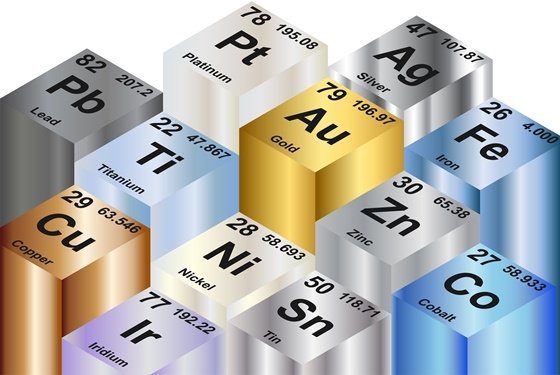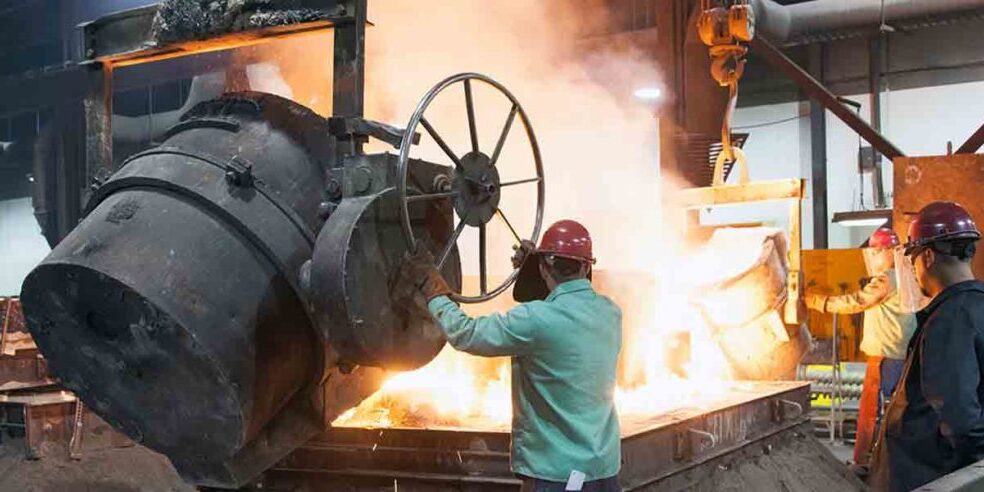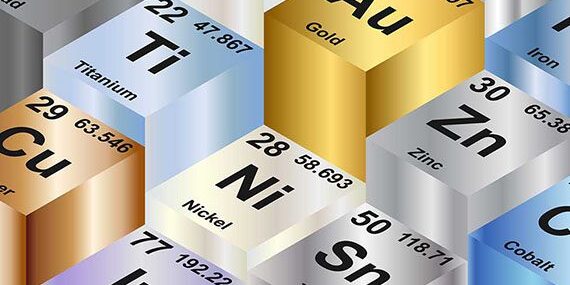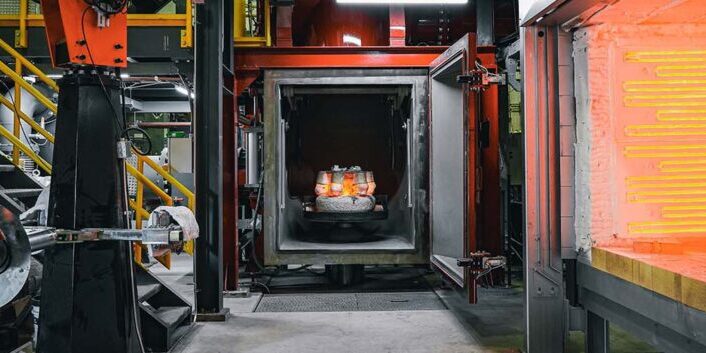Blog Material Applications: Corrosion Types
By: Dave Olsen

No engineering alloy is immune to corrosion; each has its own corrosion rate depending on the environment in which it is placed. This paper identifies some common types of corrosion, what the results of its presence may be, and how it may be minimized.
What Are The Different Types of Corrosion?
Uniform Corrosion
- This mode of corrosion occurs evenly over all surfaces exposed to the corrosive medium. It is not too problematic as corrosion allowances are easily calculated and design thicknesses are established to predict service life. Examples of Uniform Corrosion include rusting, tarnishing of silver, fogging of nickel, and high-temperature oxidation.
- The rate of uniform corrosion is normally given in IPY (inches penetration per year) and/or (MDD) milligrams per square decimeter per day for handling chemical media. Three levels or classifications based on the amount of uniform corrosion are:
- Less than 0.005 IPY (0.013 cm/year): Good for critical parts, for example, valve seats, pump shafts, impellers, etc.
- 0.005 to 0.05 IPY (0.013 – 0.127 cm/year): Satisfactory if the higher rate of corrosion can be tolerated in applications like tanks, piping, valve bodies.
- Greater than 0.05 IPY (0.127 cm/year): Not satisfactory for most applications.
Pitting Corrosion
- Pitting corrosion is a localized attack and is one of the most destructive forms of corrosion. Once started, a pit (which is a hole or cavity) penetrates metal at an ever-increasing rate; it is self-stimulating and self-perpetuating and attacks the steel underneath the passive layer. In the early stage of formation, pits are small and difficult to detect. It is, therefore, hard to predict this type of corrosion as it can take months or years to initiate, but then failures occur with extreme rapidity.
- Additions of the elements known to improve corrosion resistance in stainless steels (chromium, molybdenum, and nitrogen) do help prevent pitting corrosion. In rigorous applications like offshore rigs, there may significant amounts of those alloying agents added to protect the component or structure against this insidious form of corrosion.
Crevice Corrosion
- This is intense localized corrosion that occurs within crevices or under shielded areas. It is most common where, because of that structure, the passive layer is more easily damaged. The crevices are generally only a few thousandths of an inch wide. This allows liquid entry, but at the same time, creates an oxygen-depleted stagnant zone.
- The advance of crevice corrosion is accelerated by, among other things, the absence of oxygen and changes in acidity in the area. Using materials alloyed for crevice corrosion protection help resist this type of corrosion (and is true for many corrosion types). The design or assembly of the product also contributes to crevice corrosion resistance by avoiding the creation of those pockets/crevices that are difficult to weld properly, do not drain, etc.
Galvanic Corrosion
- Galvanic corrosion (also known as electrolytic corrosion) is a form of localized corrosion that can occur where two or more alloys are in contact with each other in an environment that supports the exchange of ions. Because corrosion is an electrochemical process, galvanic corrosion can be measured electrically. Each alloy is assumed to have an electrical value or “potential”, with those materials that display superior corrosion resistance is generally referred to as more “noble”, or more “passive.” If two alloys are placed in contact in a corrosive medium, attack on the less noble alloy increases, while the more noble alloy enjoys greater protection. The further apart these alloys are in order of nobility, the more pronounced this effect is.
- Increasing the surface area of the less noble alloy, which diffuses the corrosive action over a greater area, can reduce the galvanic effect. If, however, that surface area relationship is reversed, where the nobler alloy has the greater surface area, the effect on the less noble alloy is devastating. Also, the more potent the electrolyte (seawater, for example), the greater the rate of attack will be on the less noble alloy. It is, therefore, extremely important to establish the order of nobility before coupling alloys in a corrosive environment.
Stress Corrosion (and Corrosion Fatigue) Cracking
- Stress Corrosion Cracking can occur when metal cracks under constant stress in a specific corrosive environment – such as seawater. Alloys which remain free from cracking when subjected to tensile stress in a non-corrosive environment may crack when the material is subjected to identical tensile stress in a corrosive medium. Corrosion Fatigue occurs when the metal cracks under alternating or cyclic stress. A fatigue crack may start where some form of corrosion has attacked the metal.
- Stresses often occur during manufacturing operations as simple as cold forming or even welding. The 300 series of stainless steels are vulnerable to this form of failure, while super austenitic and duplex stainless steels are highly resistant to stress corrosion cracking.
Intergranular Corrosion or Intergranular Attack
- At the microscopic level, metals are made up of grains arranged into a microstructure. Surfaces of those grains join to form grain boundaries. Corrosion can form along those boundaries that separate the grains. This “Intergranular Corrosion” is caused by the existence of impurities and alloying elements along with the grain structures. The difference in electrolytic potential between the grain and the boundary promotes the flow of ions, which can result in the deterioration of the bonds between the grains. Grains dissolve or fall out, resulting in a loss of strength in the metal.
- Welding, improper heat treatment, and high-temperature operations can create conditions where Intergranular Corrosion may take place. Proper processing, then, including heat treatment can help head off the intergranular attack.
High Temperature Corrosion
- High-temperature corrosion can be considered a category unto itself that will be handled in more detail in another segment of this newsletter. The forms of high-temperature corrosion that most often cause equipment problems to include oxidation, metal dusting, carburization, nitridation, halogen corrosion, sulfidation, ash/salt deposit corrosion, molten salt corrosion, and molten metal corrosion.
Industry organization NACE published data in 1998 after a landmark study that the direct cost of corrosion in the USA was 3.1% of GDP. That same percentage today would define an annual cost in excess of $500 billion. And there are those that believe that the indirect costs may be that much again, making it one of the largest costs facing an industrial country. Time spent understanding and managing to minimize its effect makes sense both on the individual part design and global levels.



